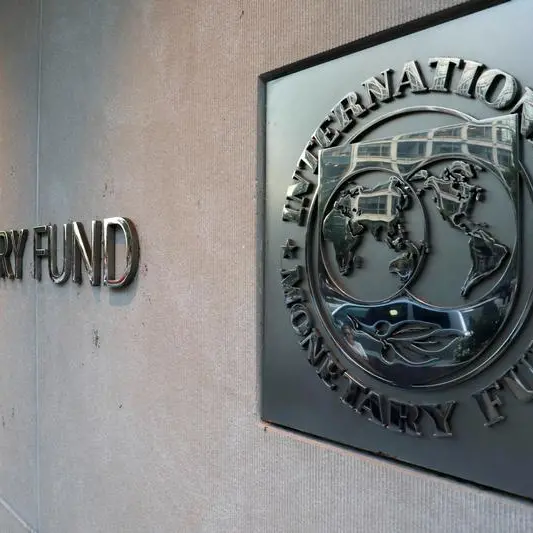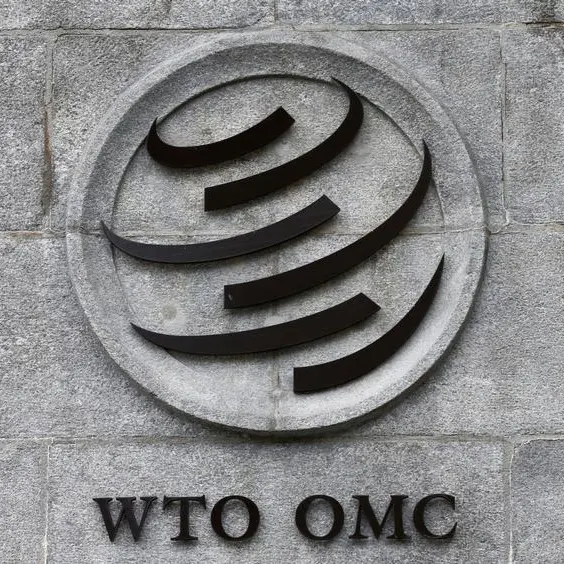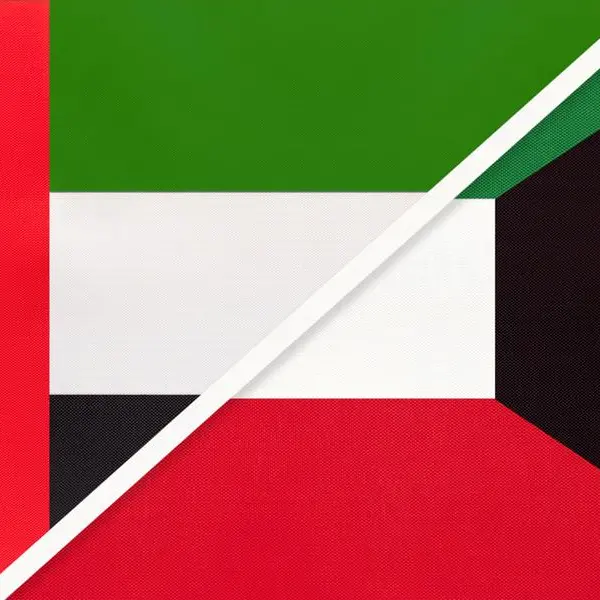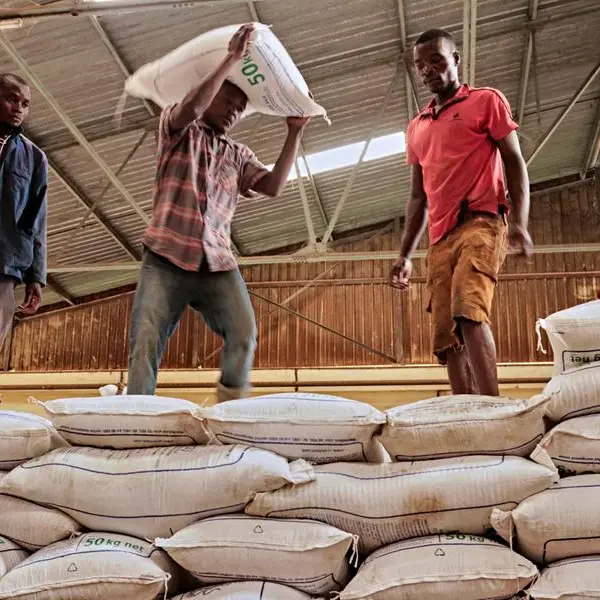Omani banks' funding and liquidity is expected to remain tight over the next 12 to 18 months as the price of oil stays below breakeven, restraining deposits from the government, Moody's Investors Service said in a new report.
"Project financing, corporate expansion and strong mortgage demand are driving lending growth, but deposits - primarily from the government - will lag," said Mik Kabeya, AVP-analyst at Moody's. "The smallest banks will feel the impact most in higher funding costs and reduced profits."
Moody's expects the funding squeeze to continue, given the government's high breakeven point for oil, at $85 a barrel. Banks are likely to respond by paying more for local currency deposits, increasing their lending rates, lending more selectively, and raising foreign-currency funding. Liquidity conditions are tighter in Oman than other Gulf countries because of higher government dependence on oil, Omani banks' heavier dependence on government deposits and the banks' faster credit growth.
The public sector accounted for 35 per cent of deposits in February, or 28 per cent of gross domestic product (GDP), the highest in the Gulf region. Moody's expects the government to maintain its large stock of deposits in the banking system.
However, the risk of a slow and progressive erosion in the large government deposits balances is increasing, amid constrained government finances. The government's rising debt leaves it increasingly vulnerable to changes in the risk appetite of foreign investors. – TradeArabia News Service
Copyright 2019 Al Hilal Publishing and Marketing Group Provided by SyndiGate Media Inc. (Syndigate.info).











